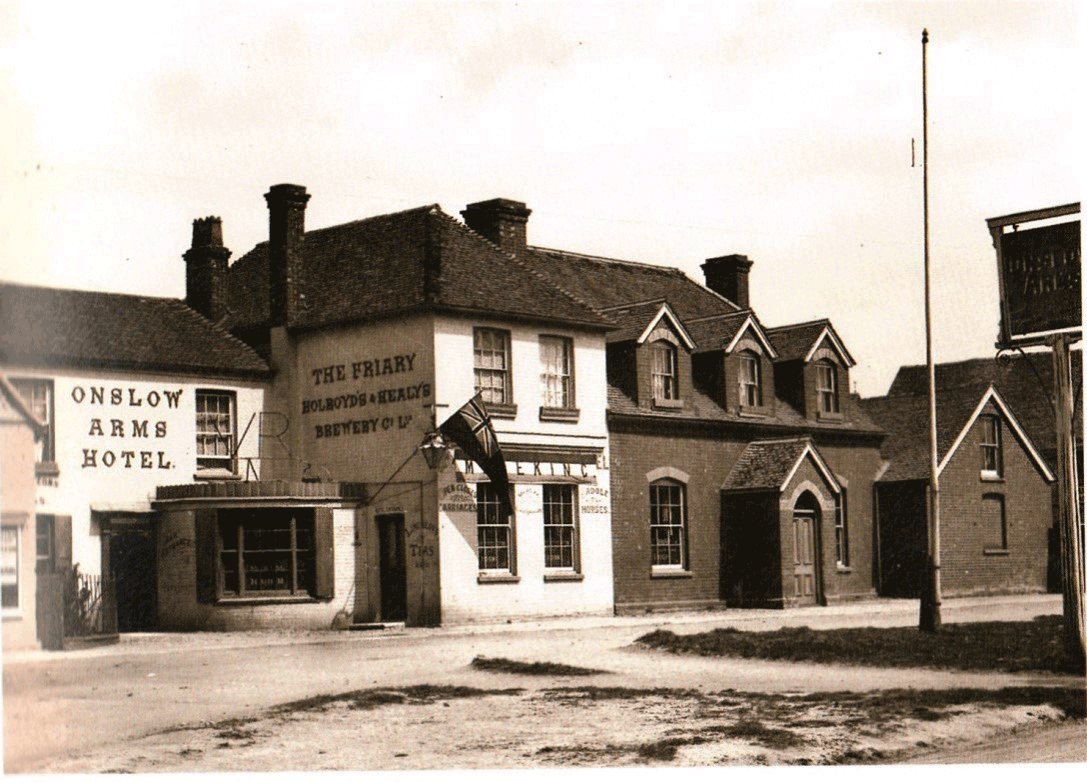
How have Cranleigh’s pubs acquired their names?
The oldest of our present pubs is The Richard Onslow. Its name is much younger than the pub itself. In the eighteenth century the inn was known as ‘The Six Bells’, after the number of bells in the church tower, and for a time as the ‘Flower-de-Luce’ (Fleur de Lis). In 1801 the king honoured George Onslow by creating him Viscount Cranley and Earl of Onslow, with a coat of arms.
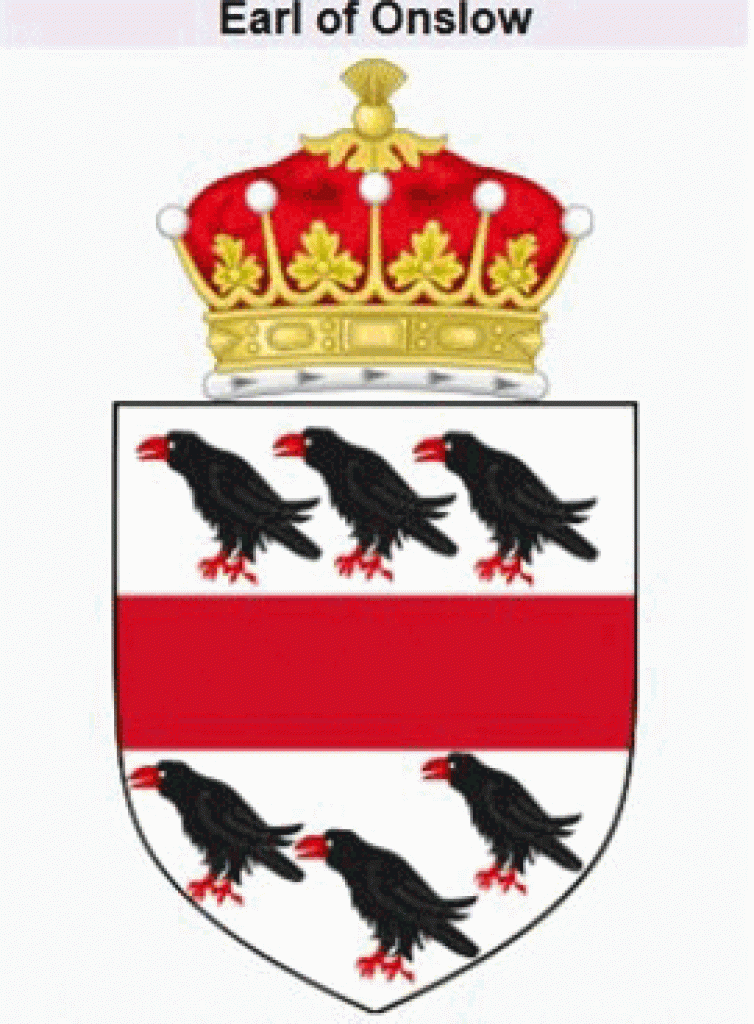
created 19 June 1801
The proprietor of the inn decided that it should share in some of this glory, as the Onslow family had lived at Knowle for many years, before moving to Clandon, and several members of the family were buried in the parish church. The inn’s name was therefore changed to ‘The Onslow Arms’. It was the village’s principal inn. In the mews behind, it had accommodation for guests’ horses – and, later,
for motor cars.
In 2009, after a renovation, it was renamed ‘The Richard Onslow’. One Richard Onslow of Knowle was a distinguished Speaker of the house of commons in the sixteenth century. In the seventeenth century, another Richard Onslow was an ally of Oliver Cromwell during the Civil War. He arrived with his men
at Worcester in 1651 to fight with Cromwell against Prince Charles (later Charles II) and his Scottish allies – only he was a day late, and the battle was already over and won! Not surprisingly, Cromwell called him ‘that fox of Surrey’. His grandson Richard was another Onslow Speaker of the house of commons.
There are still pubs called ‘The Onslow Arms’ in Loxwood and West Clandon.
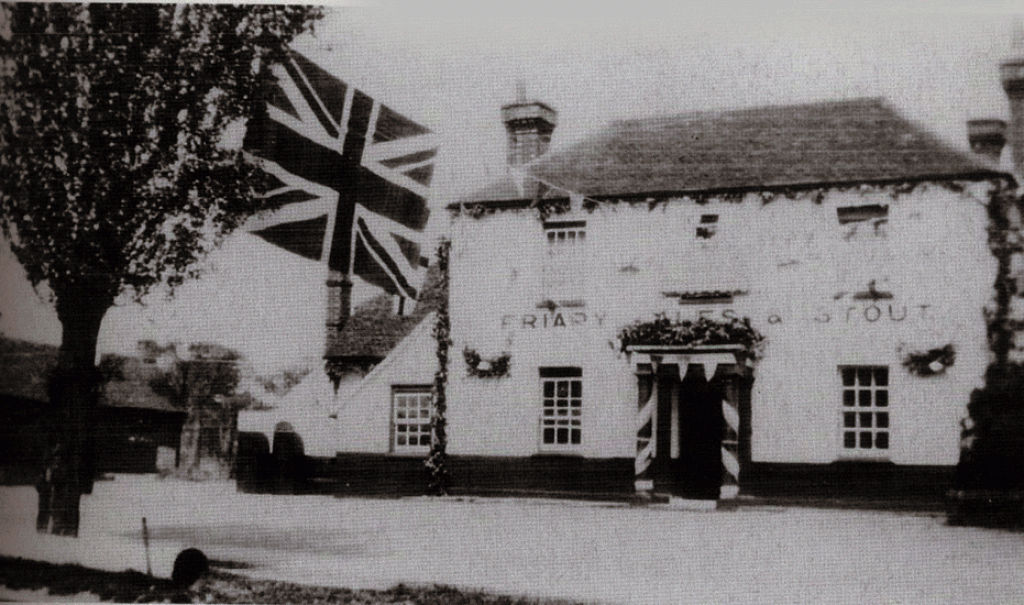
The Greyhound used to be a Regency building where the Post Office is now. It was well-established by 1851. Greyhounds were popular hunting dogs long before greyhound racing was introduced in the 1920s.
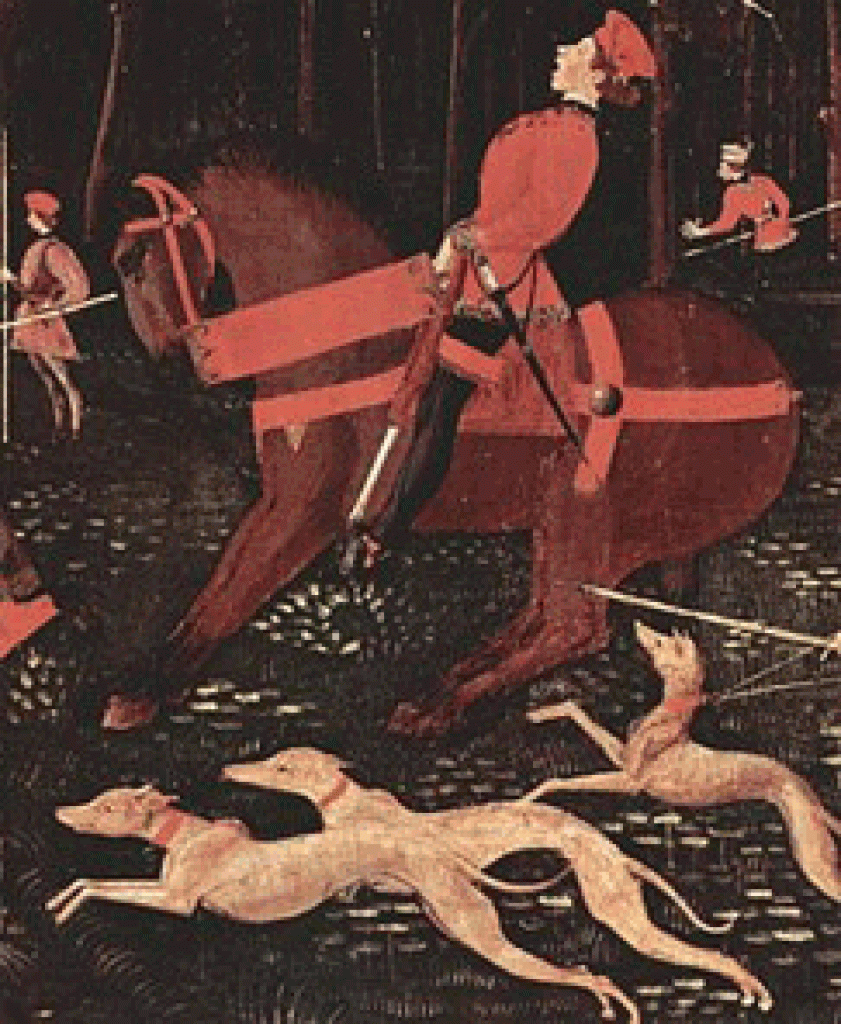
In 1906 the great fire at Holden’s timber works in the centre of the village was first spotted from a window here in the middle of the night by the proprietor’s wife, Ellen Dubbins. Her son Ted memorably cycled to Guildford to summon the fire brigade. By 1939 ‘The Greyhound’ had closed. It was used during the Second World War as the depot for newspaper collection, to help the war effort.
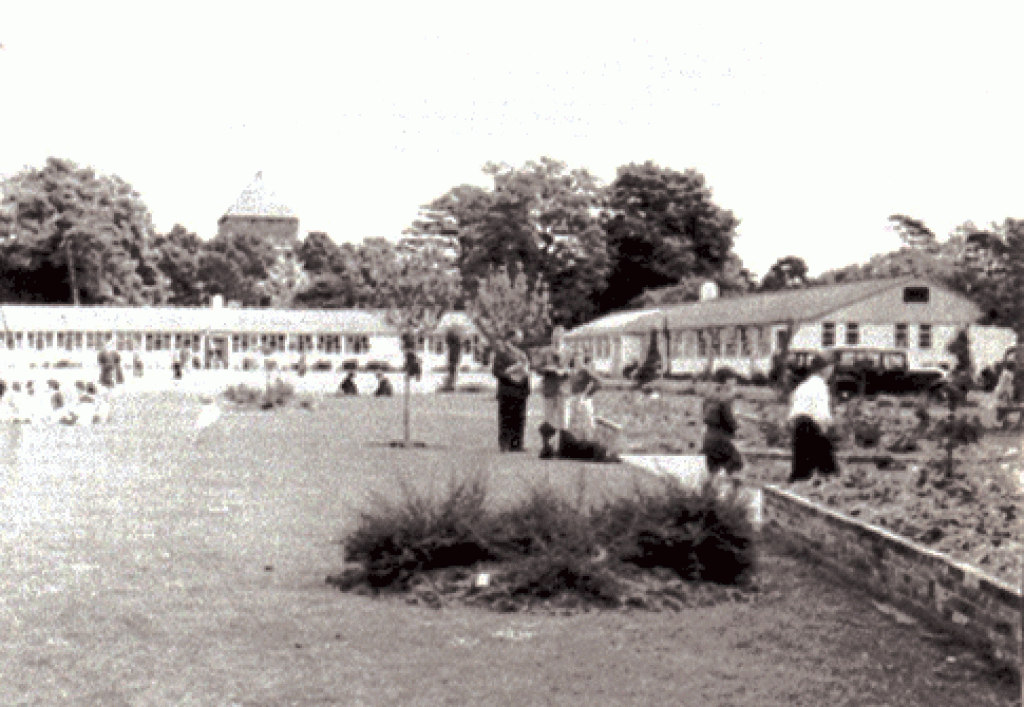
When school-leaving age was raised to 15 in the 1944 Education Act, temporary buildings were erected on this site for the older children from the Village School (now the Arts Centre), while a secondary school for Cranleigh was being planned and built. (Glebelands School opened in 1959; the Post Office was built in the same year.)
The Cranley on the Common started life as ‘The Railway Hotel’ soon after the railway line between Guildford and Horsham was opened in 1865. It was already functioning by the time of the 1871 Census. A horse-drawn taxi service brought customers here from the railway station (where the shops of Stocklund Square now are). Its name was changed to ‘The Cranley Hotel’ around 1930, retaining the old spelling, and to ‘The Cranley on the Common’ in 2021.
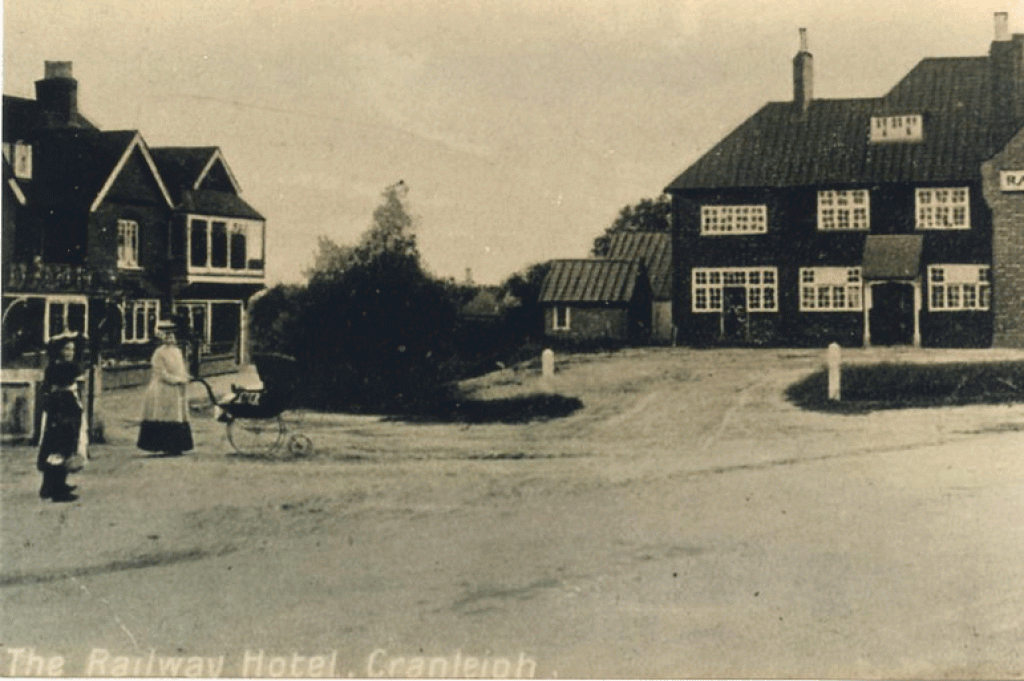
Many pubs began in a small way as a house just like others in its vicinity, except that it was licensed to sell alcoholic drink, probably home brewed – a public house. The proprietor would keep a good fire going, to add to the attraction.
The Three Horseshoes probably developed in this way. In the 1861 Census, Philip Gammon figures in the house next to the Village Hospital as a ‘brewer and retailer of beer’. By 1871 it is named as ‘The Three Horseshoes’, with Levi Port called ‘beerhouse keeper’.
The name of ‘The Three Horseshoes’ came from a forge that was nearby 1841-61, with George Steer
as blacksmith. A horse with only three shoes would certainly need a blacksmith’s attention! The pub was owned by Bruford’s Brewery, which was next door for some 30 years (about 1880-1910).
The White Hart in Ewhurst Road opened by 1871, with Philip Gammon, who was at ‘The Three Horseshoes’ in 1861, now licensed victualler here. Proprietors came and went frequently, until Percy Streeter took over during the First World War, and stayed here until he retired through bad health in 1940.
The word ‘hart’ means a mature stag, and the pub name ‘The White Hart’ has a history that goes right back to 1377. It was the emblem of King Richard II, worn by all members of his household, and some inn-keepers adopted it too, as a sign of their loyalty. There are White Hart pubs throughout England, including one in Southwark that features in works of both Shakespeare and Dickens: Sam Weller met Mr Pickwick there! By the nineteenth century it had no political significance but was simply a very popular pub name. The Cranleigh branch of the British Legion was founded at ‘The White Hart’ in 1932.
The Cranleigh History Society meets on the second Thursday of each month at 8.00pm in the Band Room. The next meeting will be on Thursday November 10th, when Robin Daly will speak on ‘Lonesome Lodge: a lost Palladian villa’.
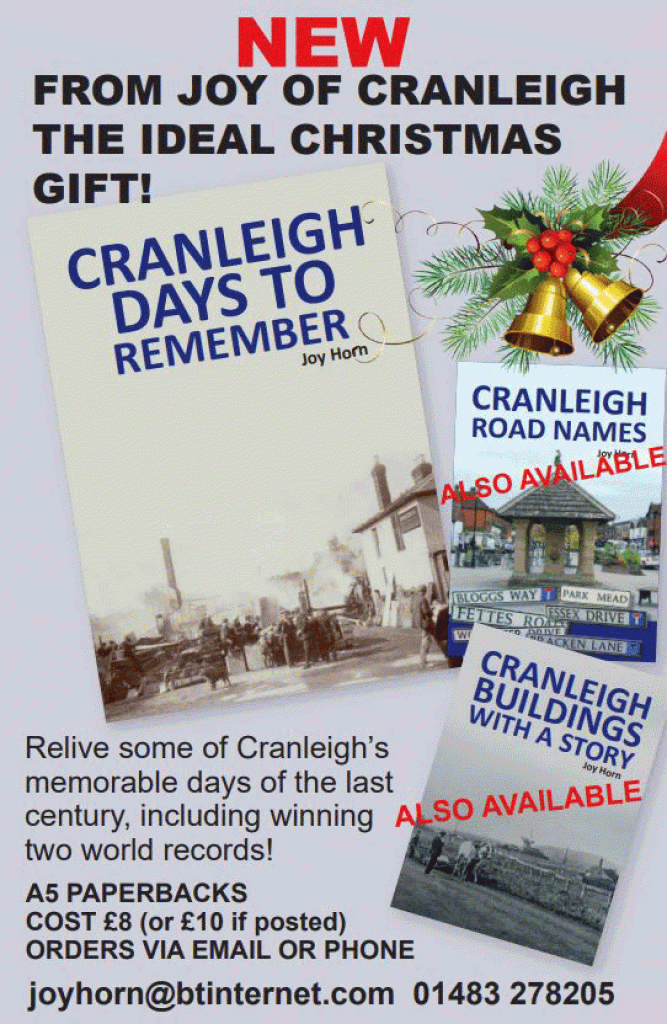

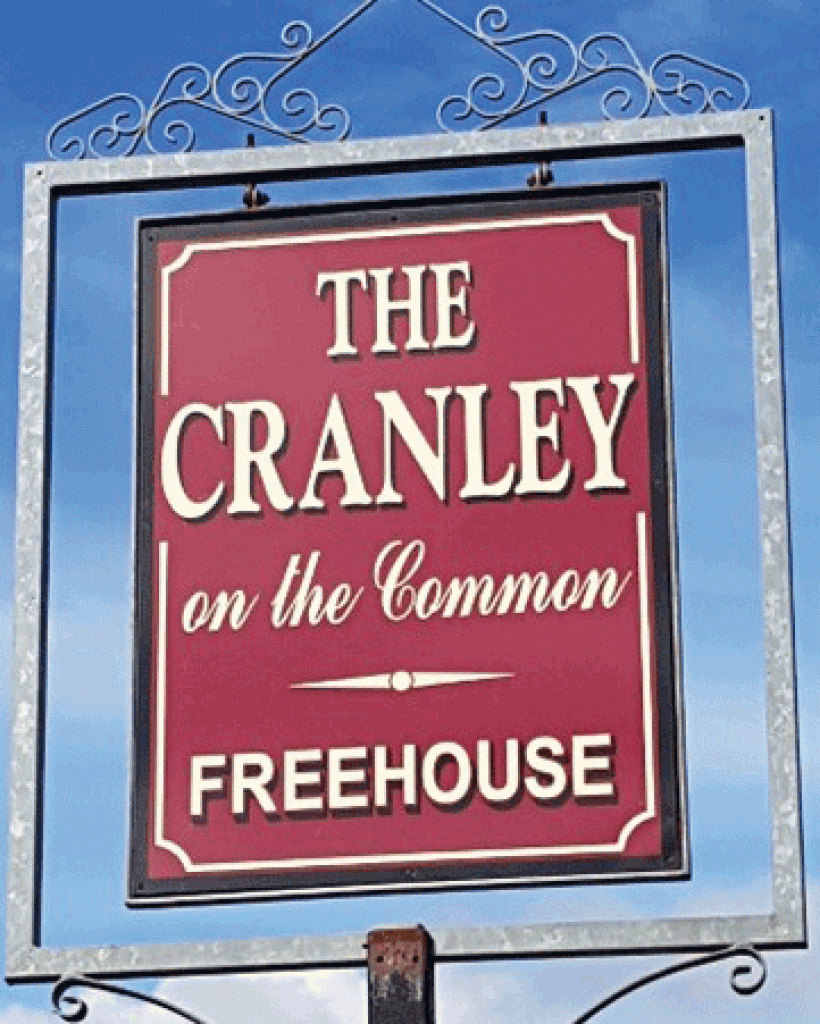
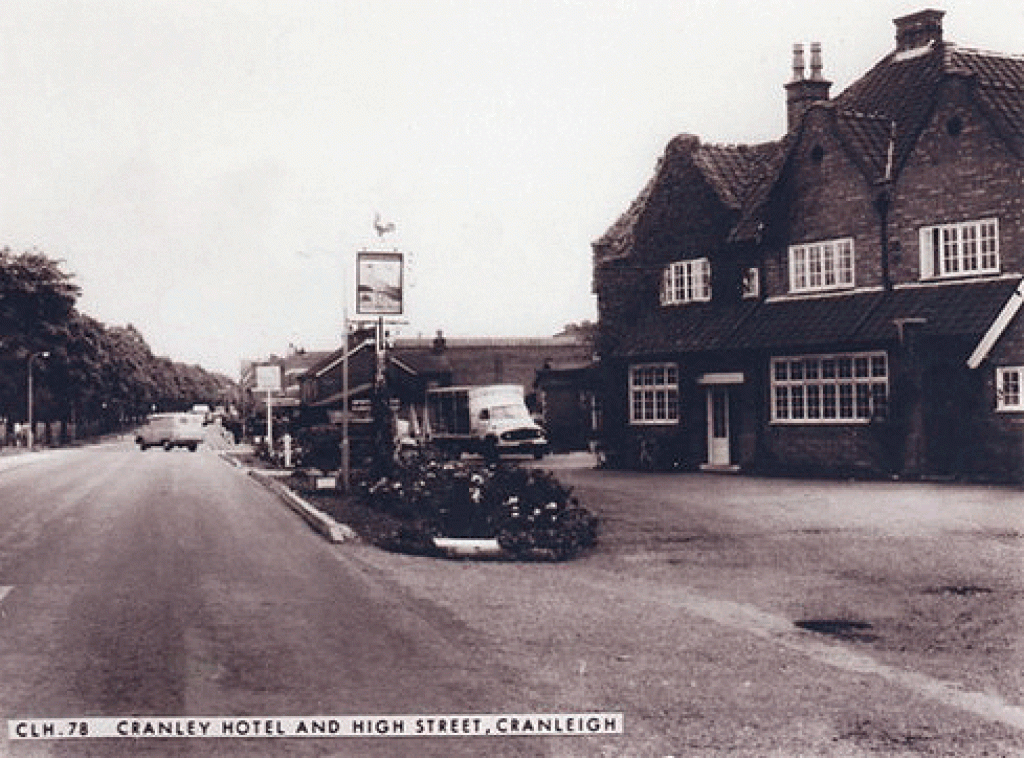
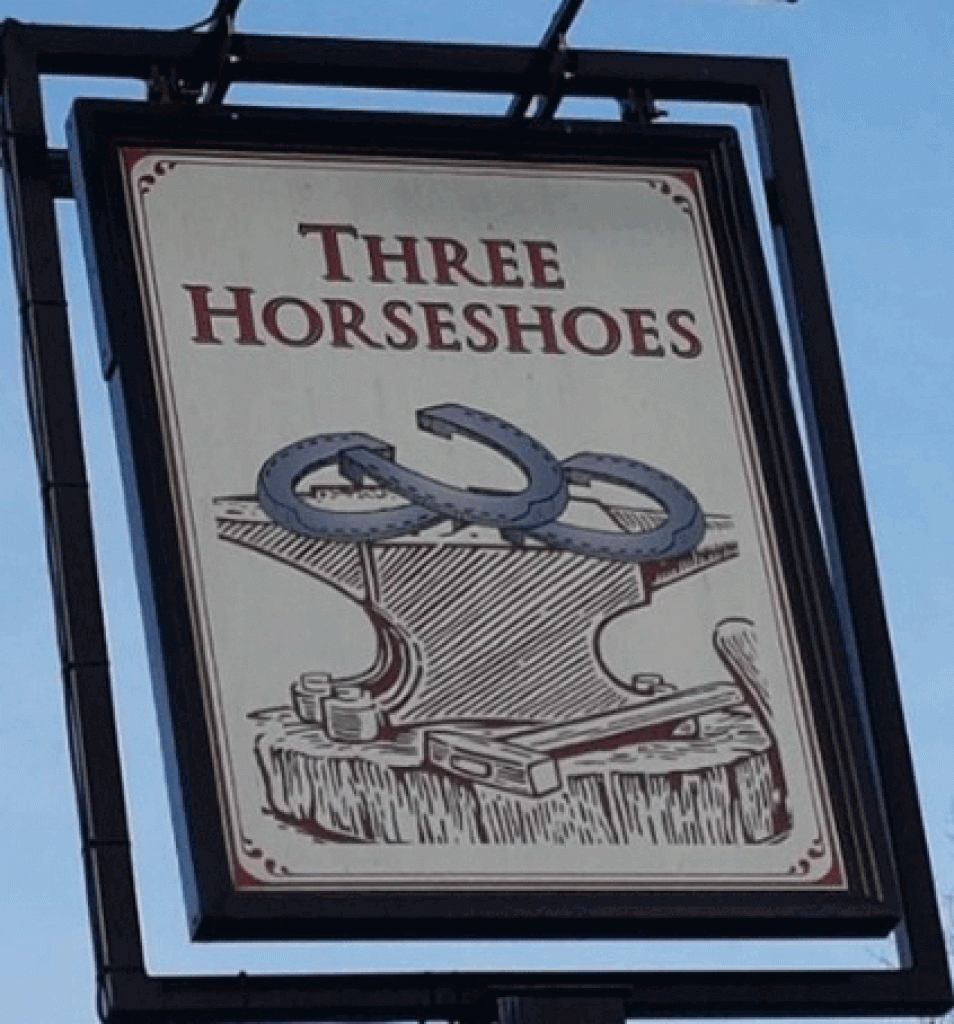
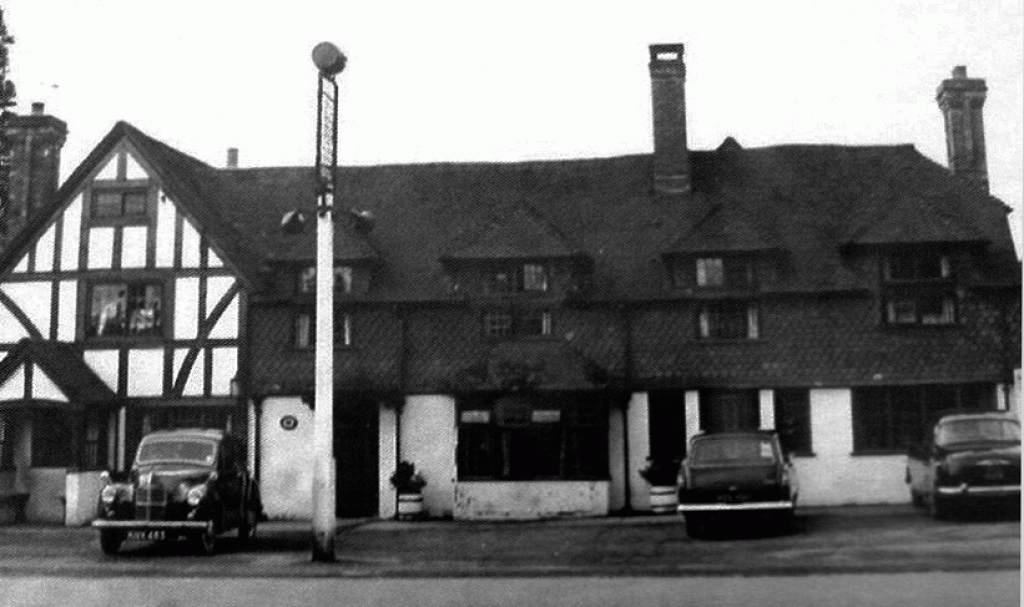
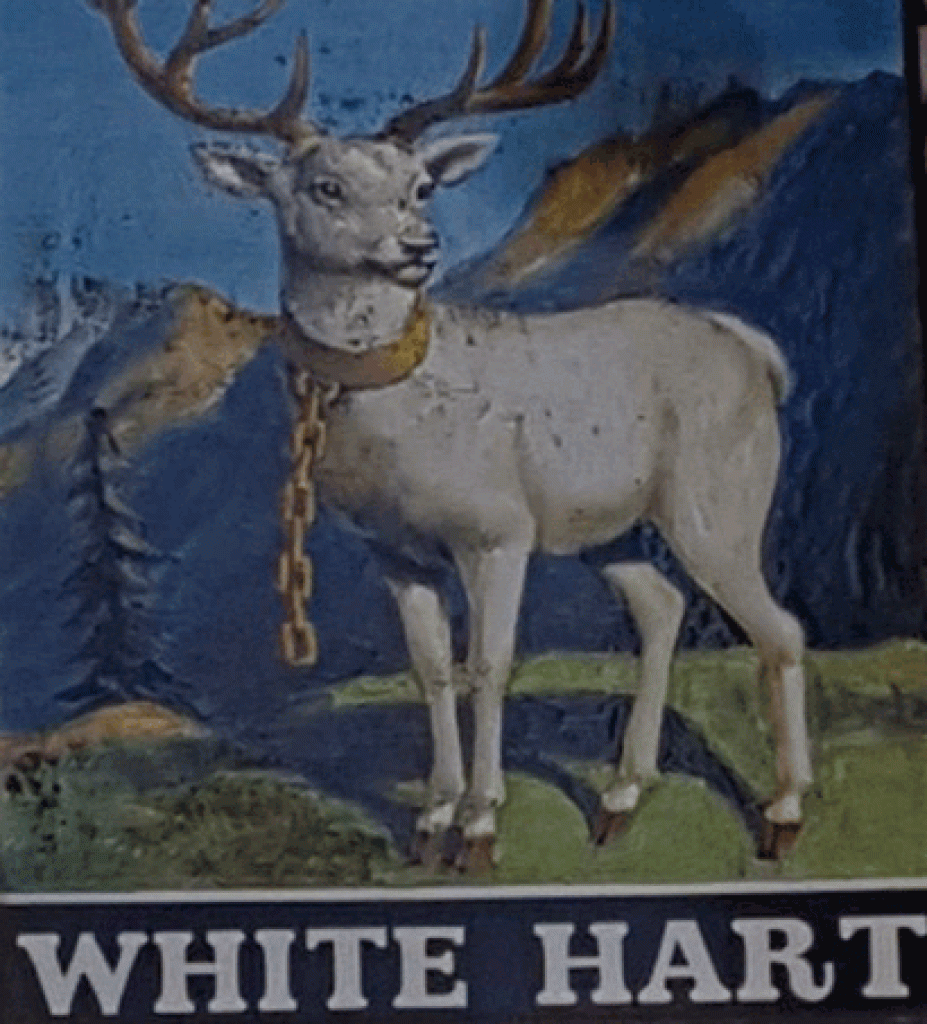
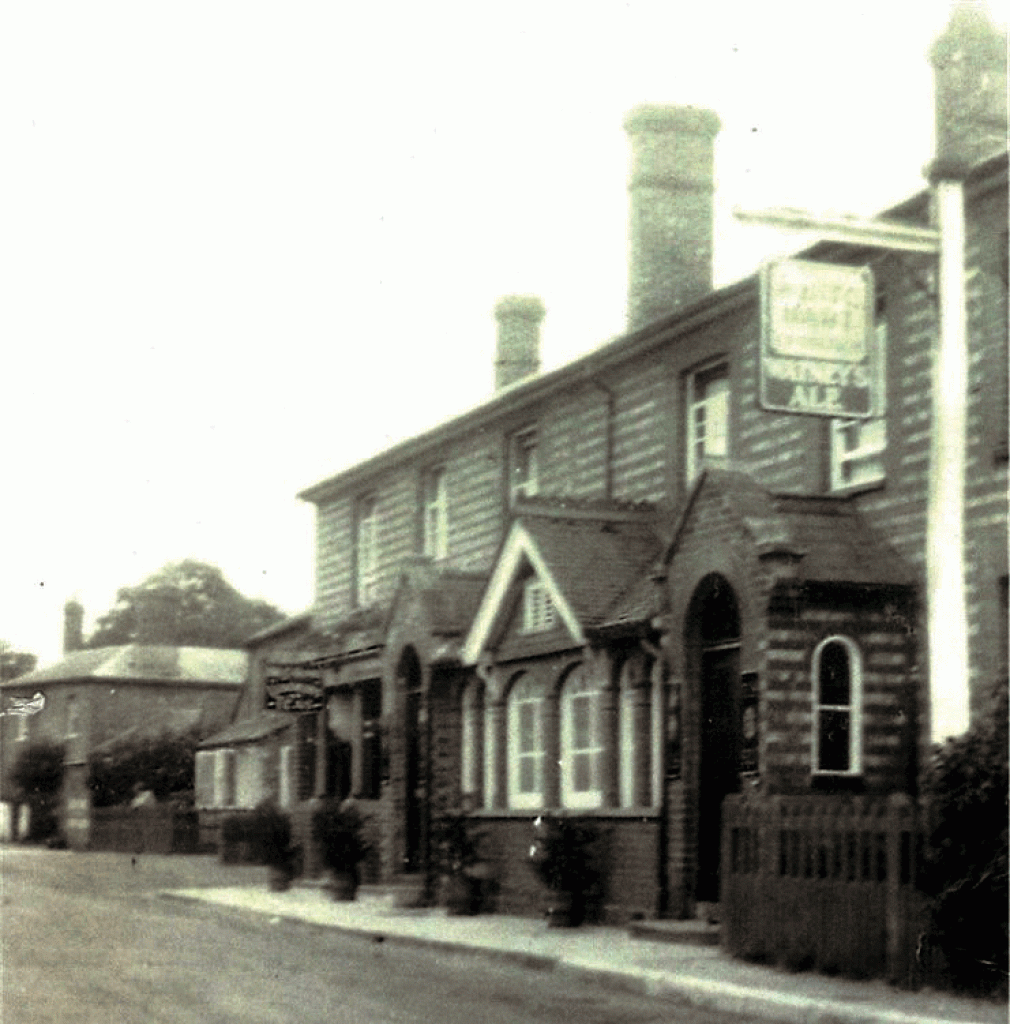


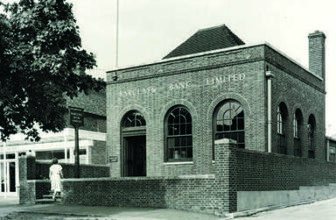
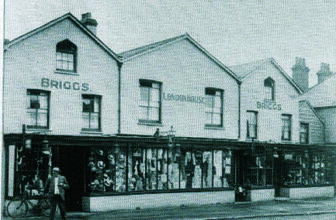
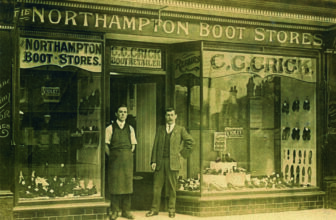






I love looking at all these old photo. Does anyone have any of Cranleigh House run by Frank and Winnie Gardner and the Newsagents run by The Kagan family ? 0lease?